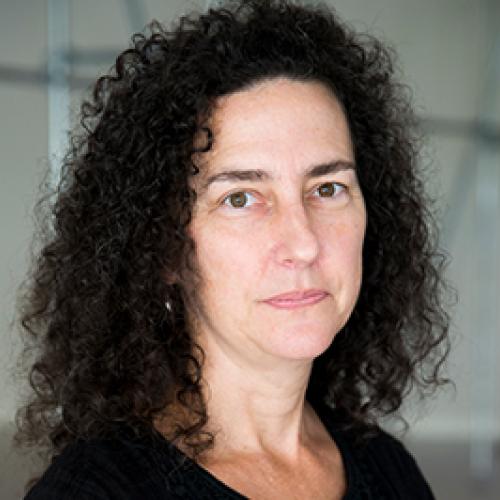Julia Guernsey received her Ph.D. from the University of Texas at Austin in 1997, and has taught ancient Mesoamerican art and culture history in the Department of Art and Art History at the University of Texas at Austin since 2001. Her research and publications continue to focus on the Middle and Late Preclassic periods in ancient Mesoamerica (1000 BCE to 300 CE). She also continues to participate on the La Blanca Archaeological Project, which is exploring this large site that dominated the Pacific coastal and piedmont region of Guatemala during the Middle Preclassic period.
Her most recent book, Human Figuration and Fragmentation in Preclassic Mesoamerica: From Figurines to Sculpture, was published by Cambridge University Press in the spring of 2020. In it, Guernsey explores the relationship between human figuration, fragmentation and bodily divisibility, personhood, and community in ancient Mesoamerica. In considering small ceramic figurines, monumental sculpture, and the archaeological record, she constructs a rich, cultural history of Mesoamerican practices of figuration and fragmentation.
Guernsey also has a co-edited volume, Early Mesoamerican Cities: Urbanism and Urbanization in the Formative Period, in production with Cambridge University Press. As one of a handful of cases where cities developed independently, Mesoamerica plays a major role in the world-wide comparative analysis of first-generation cities and urbanism in general. The volume presents new data, case studies, and models for approaching the subject of early Mesoamerican cities and how they fit into the nature of ancient urbanism globally.
A previous book, Sculpture and Social Dynamics in Preclassic Mesoamerica, was published by Cambridge University Press in 2012. The book deals with the well-known, yet enigmatic, “potbelly” sculptures that were erected at dozens of sites during the Preclassic period in many regions of Mesoamerica. She argues that their strange attributes—obese stomachs, closed eyes, and jowly features—link them to themes of ancestry, which factored significantly into the dynamic social formations that accompanied the advent of state formation in Mesoamerica. Research support for this book was provided to Guernsey as an American Fellow of the American Association of University Women in 2010-11 and a research travel grant from the Mellon Foundation in 2007. The book was awarded the University Co-op Robert W. Hamilton Grand Prize Book Award in 2013.
Guernsey also co-edited The Place of Stone Monuments: Context, Use, and Meaning in Mesoamerica’s Preclassic Transition, a volume that grew out of a 2007 Dumbarton Oaks symposium held in Antigua, Guatemala and was published in 2010 by Dumbarton Oaks and Harvard University Press. The book offers a consideration, from a variety of perspectives and regions, of the relationships between sculptural production, the rise of civilization, and the political transformations that characterized the Preclassic period. Her first book, Ritual and Power in Stone: The Performance of Rulership in Mesoamerican Izapan Style Art, was published by the University of Texas Press in 2006, and focused on a series of carved stelae at Izapa that feature rulers garbed in avian costumes that link them to ancient mythic narratives.
She is not taking PhD students for the 2025–2026 academic year.


